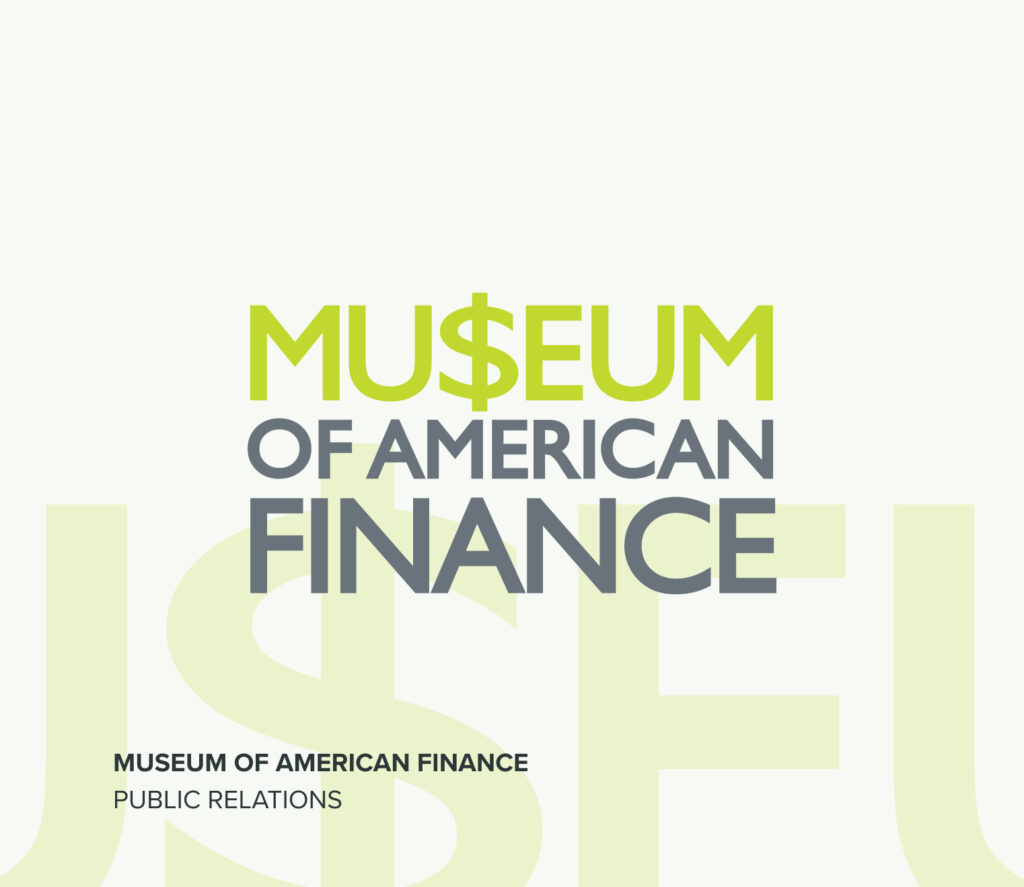Protectionism, Tariffs and Investment Flows
Protectionism seems to be all the rage in Washington these days and, as a consequence, seemingly elsewhere as well. President Donald Trump has imposed 25 percent tariffs on goods coming into the country from Canada and Mexico and 10 percent tariffs on Chinese products on top of the already high tariffs imposed during the first Trump term and added to variously by the outgoing Biden administration.
Retaliation from Canada, Mexico, and China
Canada and Mexico have retaliated, the former with 25 percent tariffs on a range of goods from the United States. As of this writing, Mexico has announced no specifics but has indicated that a response is immenent. China has yet to do more than decry the American move and talk about talking. The prospect of a tit-for-tat trade war promises nothing good for either this economy or others. Few things in history are clearer than that.
Is Trump to Blame for Rising Trade Tensions?
It is easy and tempting to blame Trump for the danger surrounding this situation. When he imposed tariffs on China in 2018 and 2019, he made it clear that the measures were a way to pressure China to abandon its own protectionist trade and investment policies. It is harder to view these recent moves in this light. Neither Canada nor Mexico have practiced the protectionist economic nationalism that China has. One can only hope that these recent moves are part of negotiating tactics that will quickly bring trade peace to North America, if not with China.
A Bipartisan Embrace of Protectionism
What weakens such hopes, however, is how protectionism and economic nationalism have become more broadly fashionable in Washington on both sides of the isle. Few objected, for instance, when Biden imposed trade restrictions on the sale of advanced semiconductors and semiconductor manufacturing machinery to China, or when he imposed 100 percent tariffs on Chinese made electric vehicles and parts, as well as batteries. Even before Trump took office, the unmistakable protectionist turn was evident when Washington blocked the acquisition of U.S. Steel by Japan’s Nippon Steel.
The U.S. Steel Deal and Economic Nationalism
Only economic nationalism can explain the decision to block this deal. When the White House announced its decision, it talked about protecting “supply chains,” the dangers of “foreign ownership,” and “national security,” but the terms of the deal were tailor made to minimize such concerns. Nippon’s offer of $14.1 billion for a company with a capitalization of less than $10.0 billion effectively injecting more than $4 billion into the U.S. economy. Its pledge to honor all existing contracts, including those with the United Steel Workers (USW) union, and promise of a $5,000 bonus to employees gave powerful assurances that the Japanese firm had no plans for cutbacks, especially because Nippon also pledged $2.7 billion investment in much needed modernization at U.S. Steel plants. To quell any concerns in Washington about foreign ownership, Nippon offered the government a supervisory role on the board and a veto on any decision to cut back on production capacity.
The Economic Consequences of Blocking the U.S. Steel Deal
Since U.S. Steel, in the absence of an acquisition, faced bankruptcy, blocking the deal all but guarantees less capacity to produce steel in this country. It threatens even worse. A U.S. Steel bankruptcy would allow its major industry competitor, Cleveland Cliffs, to buy up at bargain prices the pieces of U.S. Steel it wants and allow the rest to close, with all the attendant job loss. With the old U.S. Steel facilities in hand, Cleveland Cliffs would control 100 percent of domestic U.S. blast furnace production, 100 percent of the domestic steel used in electric vehicle motors, and between 65 and 90 percent of the domestic steel used in all vehicles. This kind of monopoly is hardly a prescription for economic vitality or supply chain resilience, not the least because if would exist behind a Trump tariff wall.
Historical Parallels: Bush’s Auto Trade Plea
The approaches by both the Biden and the Trump White Houses are reminiscent of the behavior of President George H.W. Bush went he went to Japan in the 1980s to plead with that country’s leadership to hold back on auto exports to America, even though by then, most Japanese models sold in the United States were produced here in Japanese-owned plants that even then employed as many workers as the so-called “big three” American manufacturers, General Motors, Ford, and at the time Chrysler. Bush’s focus I autos, like Biden’s and Trump’s when it comes to steel, seems to be more on American owners than jobs or productive capacities.
The Misconception of Foreign Ownership Threats
Biden’s and Trump’s fears of “foreign ownership” bring up a more fundamental matter about foreign investment into the United States. The fact is foreign ownership seldom threatens the domestic U.S. economy. What is important to the economy is jobs and productive capacity, not the spelling of the name over the factory door. Inward investment creates jobs and enlarges capacity. After all, it is not as if Nippon Steel can take their facilities from Pennsylvania, Indiana, Ohio or wherever the States and carry them across the ocean. Besides, ownership is not sovereignty. In a national emergency, Washington could dictate how the facilities are used, whatever the management in Tokyo wanted.
Nippon Steel and U.S. Steel have filed suits to reverse Biden’s decision. While the legal wrangling carries on, U.S. Steel’s prospects will sink leaving steelworkers, shareholders and America’s capacity to produce steel under a cloud of insecurity. In a bankruptcy, shareholders would lose money, steelworkers will lose their jobs, and Cleveland Cliffs would gain a near monopoly position. Then Washington doubtless will launch an anti-trust proceeding against Cleveland Cliffs.
The Uncertain Future of Trade Tariffs
Fewer forecasts are more certain than this particular reflection of economic nationalism and protectionism. Matters on the tariff wars are less certain. Unless they are simply a negotiating tactic, they will bring net negatives to the economy and American living standards. But unlike the steel deal, on these tariff matters, the jury is still out.


